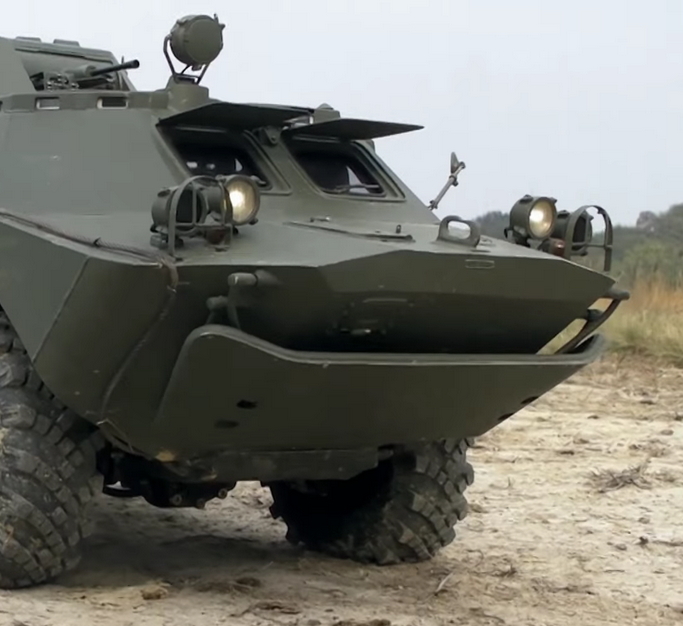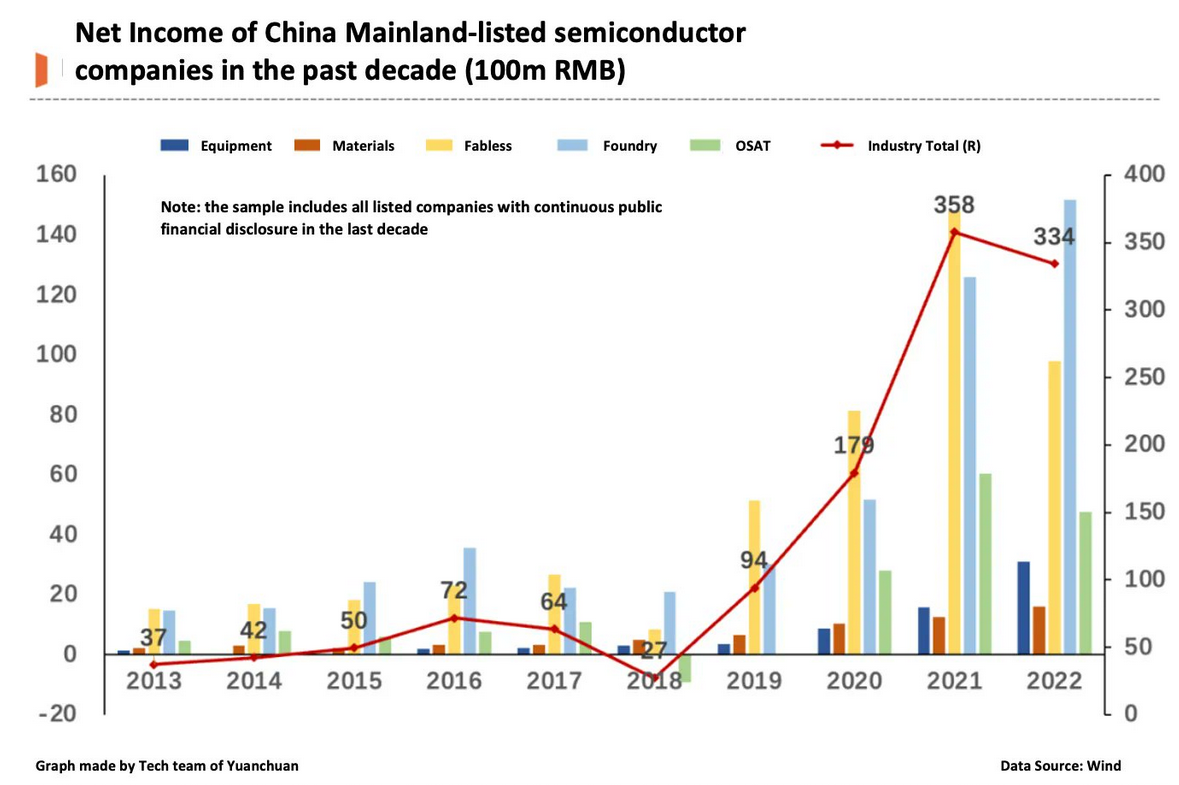

28nm is the nominal resolution of the scanner. The chips that can be made with a single exposure. In that measure no ASML DUV scanner is 7nm either. The physics of 193nm light makes it impossible for any DUV scanner to have a nominal resolution of 7nm. 7nm chips are made using DUV by exposing 4 times at a 28nm resolution. The same quad patterning techniques allows 22nm chips to be made with a 90nm machine.
The name is also misleading 7nm chips aren’t sub 9nm. TSMC’s 7nm chips are physically 10nm. The marketing names haven’t matched for years. It all started when TSMC sold 20nm FinFET under 16nm branding as they believed the addition of FinFET gave it 16nm performance. Then the entire industry adjusted their naming conventions to match with TSMC.
SMIC, Huawei didn’t get to where they are by compromising. They never would’ve bought the Chinese domestic alternatives if not for sanctions. Price doesn’t matter in this industry, what they’re looking for is the best in the market. This is not the type of capital equipment that subsidies can sell. Which is why when US scanner manufacturers couldn’t compete with ASML, they completely failed as economically viable businesses and their assets were sold off.


Starfield demonstrates a complete lack of any cohesive vision in story, themes, and gameplay.
The artstyle has that generic “hard” space sci-fi look. I could just as well be looking at Star Citizen, Interstellar, or The Expanse. The locations might sound interesting in theory but are executed in the most bland way possible. It’s kind of hilarious to think that these tiny settlements are supposed to be interplanetary capital cities. I do understand that unrestricted player movement means that they can’t really place a massive city in the background like in the Mass Effect Trilogy but explicitly calling the places you visit capitals is absurd.
Bethesda tries hard to ape Serenity-esque space westerns with Akila. An interplanetary capital without paved roads in its main thoroughfare. It really clashes with the rest of the game’s attempts at being seen as a believable “hard” sci-fi. A vision of a car free future brought to you by the limitations of the Creation Engine. The game engine is no excuse for not having a space horse though. Traversing procedurally generated terrain on foot is a waste of time.
The vaguely utopian corporate solarpunk of New Atlantis is soulless and not in the satirical good way. Which is ironic because it seems to be inspired by Starship Troopers.
Neon, the cyberpunk offworld oilrig tries and fails to be a hip seedy dystopia. It looks more like the Outer World’s Groundbreaker Promenade than Mass Effect 2’s Omega. It doesn’t illicit feelings of despair from the callous disregard of humanity as a consequence of greed without limits. It’s just a shopping mall with boring corporate suits who try to sound edgy.
The same goes for the music. It doesn’t convey any emotion and isn’t uniquely identifiable. Inon Zur’s work for the Bethesda Fallouts weren’t this forgettable so it’s probably down to Bethesda’s lack of direction. The music doesn’t build into the atmosphere of any location or any story moment. I don’t think Jeremy Soule would’ve made a difference, and it’s good that Bethesda doesn’t associate with an accused rapist. That said I’d still say his work with Oblivion was one the best soundtracks of any game.
Ship combat has controls like Freelancer except it plays terrible. The ships feel heavy and are unresponsive to control so it doesn’t really work as an arcade space combat game. The mouse first controls with no flight stick support, fast travel, and the inability to actually dock/land manually make it an automatic fail as a spaceflight sim. The ability to fast travel instantly to any previously visited location is good though. With its quest design, it would be painful to play Starfield if they went the sim route.
The gun play is identical to Fallout 4 but plays worse due to procedurally placed enemies and levels. It has to rely on the AI, weapons and enemy design. None of those elements are able to make the fights interesting. It’s still a lot better than any of the other spaceflight games with ground combat though.
The bar is being dropped so hard that Mass Effect Andromeda is retroactively becoming a great game. In the universe that Starfield is an 87, Andromeda is at least a 97.
I’ll still play Starfield over Elite Dangerous, or No Man Sky since it has actual content. It isn’t all procedurally generated and has an actual story with characters. I’ll finish the main quest at least, the game isn’t aggressively bad in anyway. It’s just all around sterile and uninspiring. I still have the hope that somewhere out there I might find a branching side quest that is remotely as good as those in Oblivion, or New Vegas.